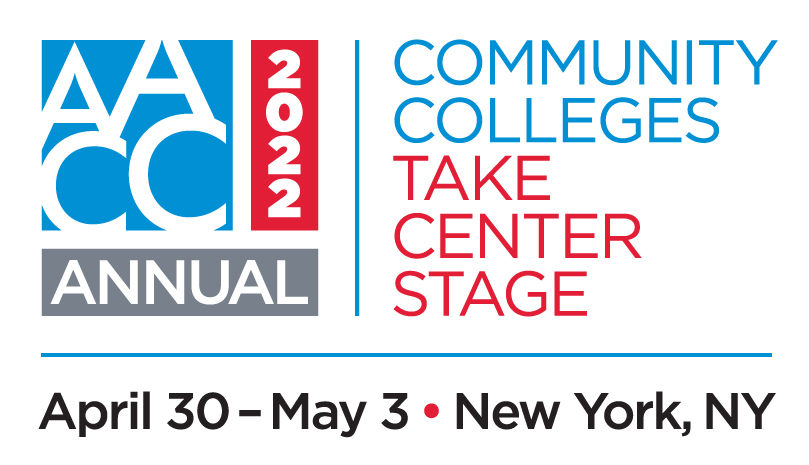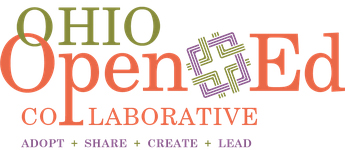NEW YORK — When the state began to push back against college textbook prices, Ohio colleges and universities got innovative.

In 2017, “We were seeing in Ohio an atmosphere where the public was attacking higher ed textbook costs,” said Jack Hershey, president and CEO of the Ohio Association of Community Colleges (OACC) during a session at the AACC Annual.
Hershey presented with North Central State College President Dorey Diab and OACC’s Success Center Executive Director Laura Rittner.
Then Gov. John Kasich proposed shifting the cost of textbooks to colleges and universities and away from students. That would mean colleges could only charge $300 per student to cover the entire costs of a student’s textbooks and supplies.
But it wasn’t just the governor pushing back. K-12 school districts are responsible for both the costs of tuition and textbooks for dual-enrollment students. While tuition costs were somewhat predictable, textbook costs could fluctuate wildly, and that was “driving superintendents nuts,” Hershey said.
At the same time, Kasich and the state were putting out pots of money to fund innovation at K-12 and higher education institutions.
Innovating with OER
In 2017, the Ohio Department of Higher Education gave a $1.3 million grant to North Central State College (NCSC), in collaboration with Ohio State and Ohio Dominican universities, and 15 other community colleges. The funding helped to seed the Ohio Open Ed Collaborative (OOEC), a statewide open educational resources (OER) project to lower the cost of textbooks for students.
The partnering institutions worked to establish a process for discovering and assessing OER and building a community of practice. Working on the OOEC project were 117 faculty and librarians from 37 different higher education institutions. They were split into cross-institutional teams, and each one included a person with state transfer panel experience. Team members all received additional compensation for their work.
Participants received six hours of in-person training and were given guidance and project management support from a full-time, grant-funded position as they built out their OER courses.
The results
Through the 14-month process, OER materials were created for 23 courses; 20 are high-enrollment general education (and high dual-enrollment) courses and three are upper-level math courses. They all map to state transfer objectives.
OOEC team members built 80% of the materials, leaving the last 20% up to the OER adopter. Courses are modular, so they can be adopted in part or in full, and they can be integrated into the learning management system.
The work is making a difference to students.
Since 2019, students enrolled in OOEC courses have saved $7 million. About 76,000 enrollments have been impacted, with an average cost savings of $143.72 per enrollment.
And data available from half the participating institutions for spring and fall 2021 show nearly 33,000 student enrollments in OOEC courses and almost $3.3 million in cost savings.
Now and next
Despite the success, there’s more work to do, especially around sustainability and scaling up.
“We keep pushing ahead,” said Laura Rittner, executive director of the Success Center at OACC.
A steering committee aims to support and scale faculty adoption of OER and maintain the quality of the courses. And faculty and librarians at partner institutions still have support from an instructional designer housed at NCSC (that person is funded through the end of the year).
But “it’s not easy to scale,” Hershey said. “It’s not easy to convince faculty.”
That requires the full support of the college president, who must advocate for using OER, he said.
Panelists also said the best hook for faculty isn’t data around cost savings – it’s data around outcomes.
Another challenge is that students are “happening” into courses that have OER material, Rittner said. Students should know ahead of time which courses are OER courses.
And then there’s the grand plan: “Our vision is for transfer pathways and full associate degrees that are OER courses,” she said.
“We owe it to our nation to raise academic achievement,” said NCSC President Diab. “We have to make it as affordable as possible.”
An evaluation report about the OER initiative is available online.


